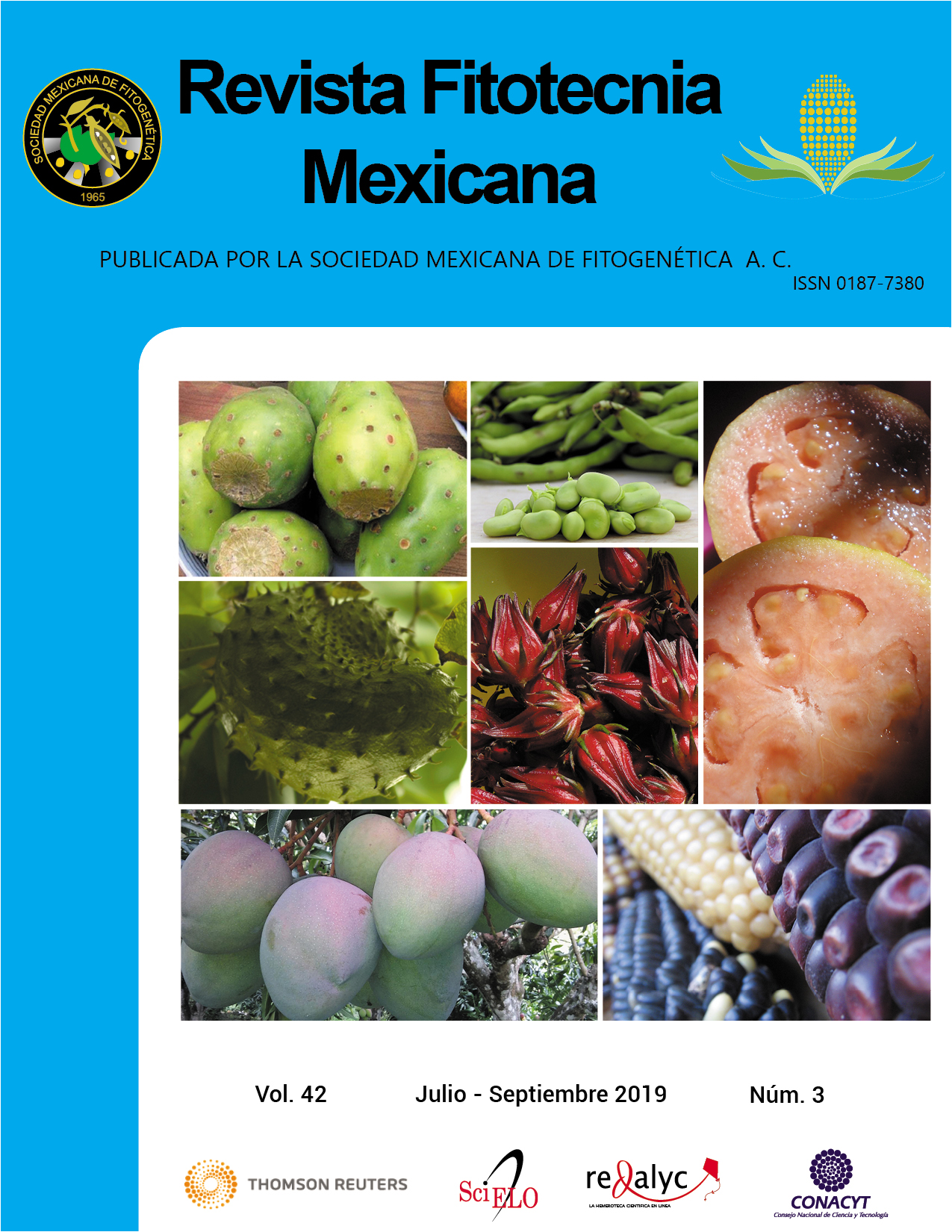GROWTH OF BROAD BEAN IN SYMBIOSIS WITH MICROORGANISMS NATIVE TO PRODUCTION REGIONS OF NORTHERN PUEBLA, MEXICO
Main Article Content
Abstract
Vicia faba L. is a legume produced mainly in cold areas, but it requires fertilizers and synthetic pesticides to maintain production. This legume is grown in the Northeastern region of Puebla, Mexico, where it is feasible to use native symbiont microorganisms as biofertilizers to reduce the use of agrochemicals. The objective of this study was to isolate and describe nitrogen fixing bacteria (NFB) and arbuscular mycorrhizal fungi (AMF) from broad bean crops in the municipalities of Libres, Zaragoza and Xochitlán de Vicente Suárez, Puebla, Mexico to formulate and evaluate biofertilizers under protected cultivation of broad bean; likewise, the effect of the origin and that of the individual or simultaneous inoculation of NFB and AMF was studied. Three trials were conducted NFB, AMF and NFB-AMF under a completely randomized experimental design, each with four treatments (three for the origin of the strain and the control). After flowering, dry and fresh biomass, nitrogen concentration in leaves, mycorrhizal colonization and nodulation in plant roots were evaluated. The microorganisms were similar among the three localities; however, the origin of the bacteria modified their response in vitro according to pH, temperature and salinity. The growth of plants and concentration of nitrogen in the leaves showed no significant differences among treatments with NFB or AMF, but the values increased by 10 % in both variables with NFB AMF vs. control. There was no significant difference in the response of the plants in relation to the origin of NFB and AMF. There is potential to produce biofertilizers that allow reducing the use of agrochemicals in broad bean cultivation.

